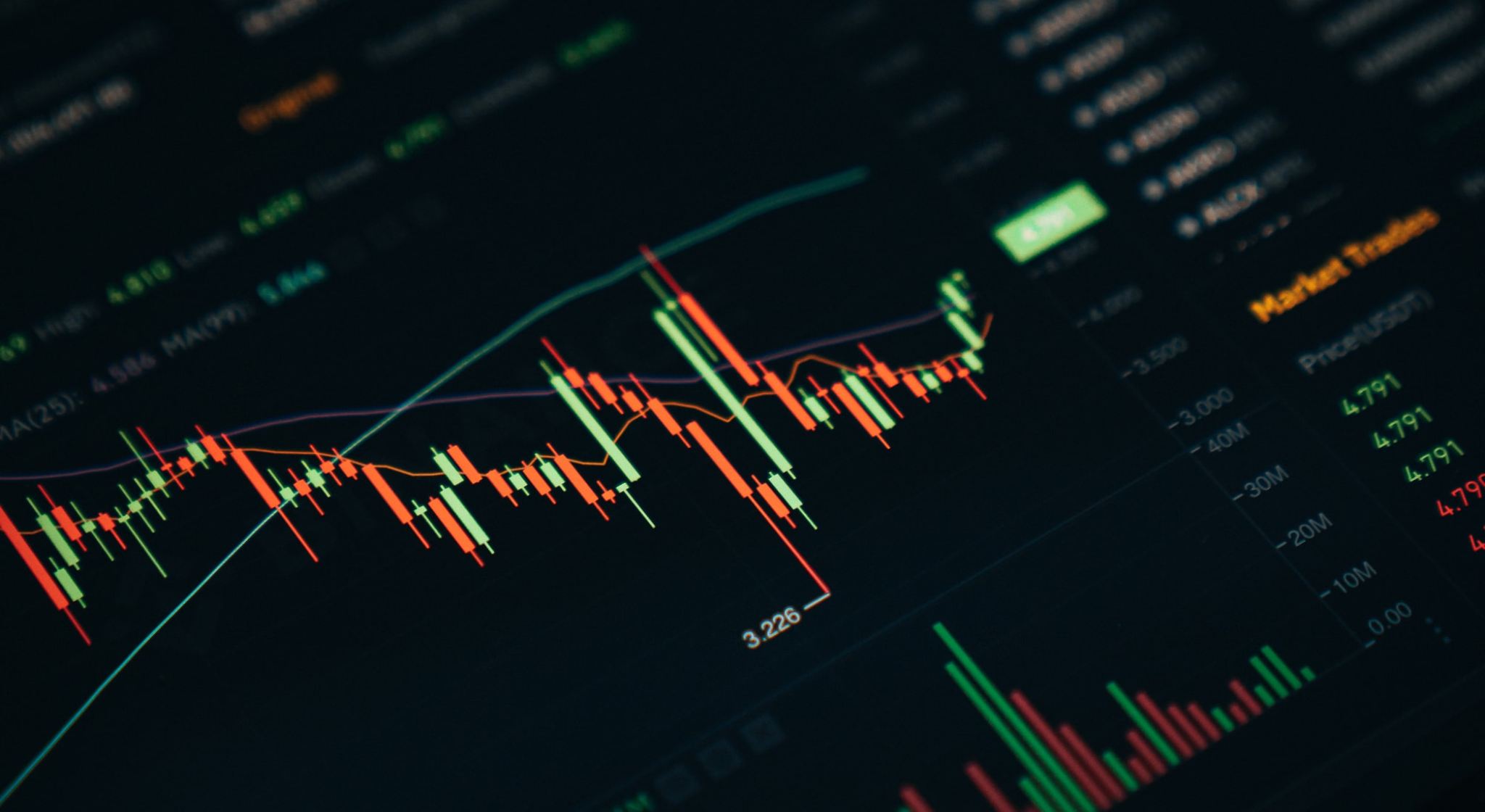The Largest Ponzi Scam in History The Madoff Scheme Case Study
The Madoff scam was the largest documented Ponzi scheme in history, as well as the first to be conducted on a truly international scale. It claimed victims from Palm Beach to the Persian Gulf, from Canada to Brazil, and from a South Korean teachers’ pension plan to a Catholic girls’ school in St. Croix. It turned out that even Madoff’s own breathtaking description of the scale of his fraud was an underestimation; his Ponzi scheme ended up wiping out nearly $65 billion in fictitious wealth that had been supposedly accumulated in investor accounts.
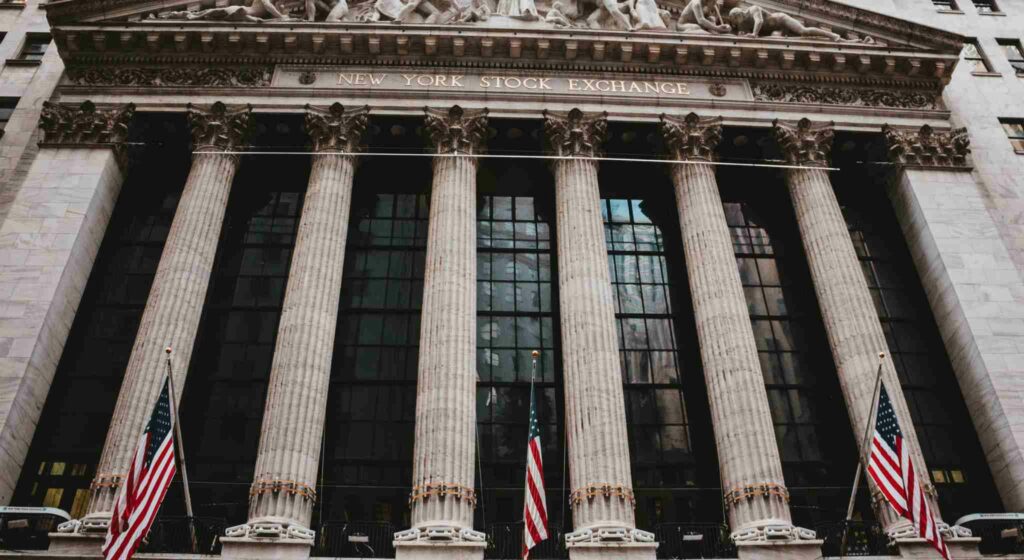
He siphoned off nearly $18 billion in cash from later investors and distributed it as fictitious profits to the earlier investors. It doesn’t matter which figure is used to classify the Madoff fraud; up until his arrest, the largest alleged Ponzi scheme in the United States had liabilities totaling just under $4 billion. Neither figure is acceptable.
Latest News & Scam Alerts




The Latest 411 on Current Day Cell Phone Scam
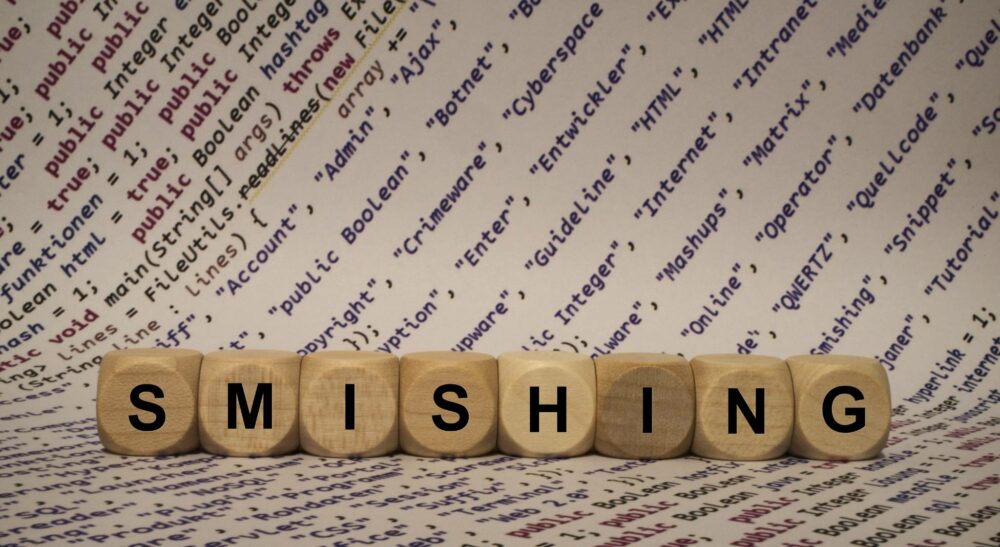
Smishing: A Whole New Level of Scams & Frauds
The rising use of virtual currencies in the global marketplace may entice fraudsters to lure investors into Ponzi and other schemes in which these currencies are used to facilitate fraudulent, or simply fabricated, investments or transactions.
Securities and Exchange Commission
If you are someone who’s interested in investments and trading, then you’re definitely at the right place. We can give you the best practices in identifying red flags as well as help you in recovering your stolen money from scammers!
Table of Contents
Scam Overview

Known professionally as “Bernie,” Bernard Lawrence “Bernie” Madoff was an American financier who perpetrated the largest Ponzi scheme in history, defrauding thousands of investors out of tens of billions of dollars over the course of at least 17 years and potentially longer. In addition, he was a pioneer in electronic trading and served as chairman of the Nasdaq in the early 1990s, among other positions.
While serving a 150-year prison sentence for money laundering, securities fraud, and a variety of other felonies, on April 14, 2021, he passed away in prison. Bernie Madoff was a money manager who was implicated in one of the largest financial frauds in history, the Madoff Ponzi scheme. Madoff’s Ponzi scheme defrauded thousands of investors out of tens of billions of dollars over the course of decades, according to most estimates.
A number of factors contributed to investors’ faith in Madoff, including his ability to present a credible front of respectability, his high but not astronomical returns, and his claim to be using a legitimate strategy. He was sentenced to 150 years in prison and ordered to forfeit $170 billion in 2009 following his conviction. As of December 2018, the Madoff Victims Fund had distributed more than $2.7 billion to 37,011 victims of the Ponzi scheme throughout the United States and other parts of the world.
What Is A Banking Scam?
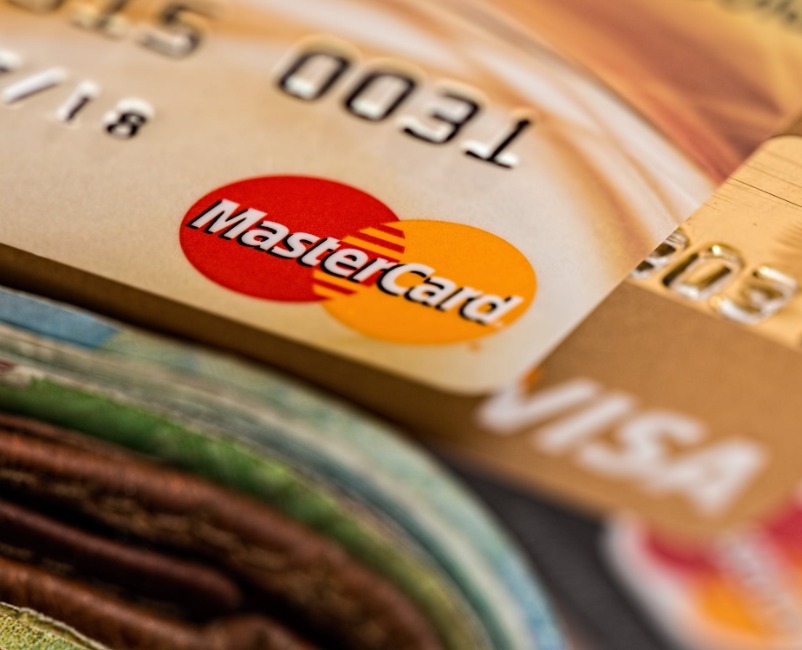
It is the use of potentially illegal means to obtain money, assets, or other property that belongs to a financial institution or to obtain money from depositors by impersonating a bank or other financial institution and pretending to be that institution. Bank fraud is often considered a criminal offense in many jurisdictions. While the specific elements of specific banking fraud laws vary depending on the jurisdiction, the term “bank fraud” refers to actions that involve the use of a scheme or artifice, as opposed to bank robbery or theft, and is used to describe actions that involve the use of a scheme or artifice.
As a result, bank fraud is sometimes referred to as a white-collar crime in the United States. Fraudulent bank transactions are a common method for criminals to obtain personal and financial information from unsuspecting victims. In 2020, the Federal Trade Commission will have received more than 2.1 million consumer fraud reports, according to the agency.
Various methods are used by scammers to trick people into disclosing sensitive information such as bank account numbers and passwords. Some common banking scams include overpayment scams, check-cashing scams, unsolicited check fraud, automatic withdrawal scams, phishing scams, government imposter scams, charity scams, and employment scams.
The Madoff Investment Scandal of 2008
DO YOU NEED EXPERT ADVICE?
We have encountered victims who were mentally and emotionally drained when they were scammed out of their money.
We can help you with your legal and technical concerns and we can help you get your money back.
Known as the Madoff investment scandal, it was a significant case of stock and securities fraud that was discovered in late 2008.
Bernie Madoff, the former chairman of the NASDAQ and founder of the Wall Street firm Bernard L. Madoff Investment Securities LLC, admitted in December of that year that the wealth management arm of his company had been a sophisticated multi-billion-dollar Ponzi scheme. Despite claiming to be able to generate large, consistent returns through an investing strategy known as a split-strike conversion, which is actually a trading strategy, Madoff simply deposited client funds into a single bank account, which he then used to pay existing clients who requested to be paid out of their accounts. His redemptions were financed by attracting new investors and their capital. Still, he was unable to keep up the fraud when the market fell precipitously in late 2008, resulting in his arrest.
On December 10, 2008, he confessed to his two sons, both of whom were employed by his company but, according to him, were unaware of the scheme. The following day, they turned him over to the authorities. According to the fund’s most recent financial statements, it had $64.8 billion in client assets. Madoff pleaded guilty to 11 federal felony counts in 2009, when he was 71 years old, including securities fraud, wire fraud, mail fraud, perjury, and money laundering, among other things.
Ponzi schemes became a powerful symbol of the culture of greed and dishonesty that critics say pervaded Wall Street in the years leading up to and during the Great Recession of 2008. In the wake of the financial crisis, Madoff was sentenced to 150 years in prison and ordered to forfeit $170 billion in assets. Still, no other prominent Wall Street figures were subjected to legal repercussions as a result of the scandal.
Madoff Defrauded Customers & Stole Around $2 Billion
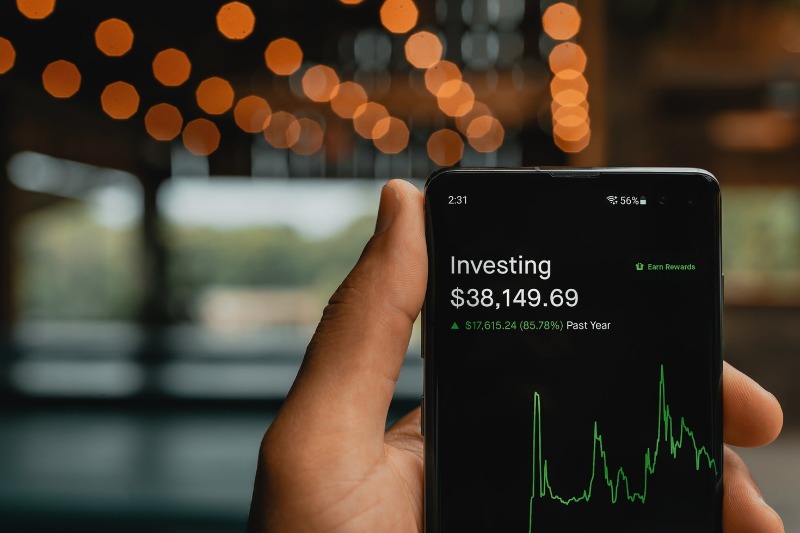
Nobody knows when Madoff’s Ponzi scheme began, and no one knows how long it lasted. He testified in court that the fraud began in 1991, but his account manager, Frank DiPascali, who had been with the company since 1975, claimed that it had been going on for a long time prior to that. Because of their long and successful association with Bernard L. Madoff Investment Securities LLC, the so-called Big Four—Carl Shapiro, Jeff Picower, Stanley Chais, and Norm Levy—have drawn widespread attention. Several of these men have known Madoff since the 1960s and 1970s, and Madoff’s Ponzi scheme has netted them hundreds of millions of dollars each.
Clients were persuaded to overlook Madoff’s apparent ultra-high returns because of his apparent ultra-high returns. In reality, he simply deposited their funds into an account at Chase Manhattan Bank, which merged with JPMorgan Chase & Co. in 2000 to form JPMorgan Chase & Co., and then sat on them. According to one estimate, the bank could have made as much as $483 million from those deposits, so it was under no obligation to investigate.
In the event that clients requested a payout on their investments, Madoff funded the payouts with new capital, which he attracted by building a reputation for providing unbelievable returns and grooming his victims by earning their confidence. Madoff also cultivated an image of exclusivity by initially rejecting many of his prospective clients. Approximately half of Madoff’s investors were able to cash out at a profit, thanks to this model. These investors have been ordered to pay into a victims’ fund, which will be used to compensate defrauded investors who have suffered financial losses.
In order to attract investors, Madoff put on a show of respectability and generosity, which he did through his charitable work. He also defrauded a number of nonprofit organizations, causing some of them to lose nearly all of their funds. These organizations included the Elie Wiesel Foundation for Peace and the global women’s charity Hadassah. When he went to the Fifth Avenue Synagogue in Manhattan, he took advantage of his friendship with J. Ezra Merkin, a police officer, to approach congregants. According to various accounts, Madoff defrauded his customers out of between $1 billion and $2 billion.
Their Credibility Was Built on Complete Lies

Several factors contributed to Madoff’s credibility in the eyes of investors; His primary, publicly-traded portfolio appeared to be primarily safe investments in blue-chip stocks. His returns were high (10 to 20% per annum), but they were consistent and not outlandish in the extreme. For example, according to the Wall Street Journal, in a now-famous interview with Madoff from 1992: “When compared to the Standard & Poor’s 500-stock index, which generated an average annual return of 16.3 percent between November 1982 and November 1992, [Madoff] contends that the returns were insignificant. ‘I would be surprised if anyone thought that matching the S&P over a ten-year period was particularly noteworthy,’ he says. “He claimed to be employing a collar strategy, also known as a split-strike conversion, in order to gain an advantage.
A collar is a risk-mitigation strategy in which the underlying shares are protected by the purchase of an out-of-the-money put option on the underlying stock. Because the Securities and Exchange Commission had been investigating Madoff and his securities firm on and off since 1999, many people were disappointed when he was finally prosecuted because they believed that the worst of the damage could have been avoided if the initial investigations had been more rigorous. Harry Markopolos, a financial analyst, was one of the first whistleblowers to come forward. In 1999, he came to the conclusion that Madoff had to be lying in the course of an afternoon.
In 2000, he filed his first SEC complaint against Madoff, but the regulator did not take any action against him. Markopolos discovered a number of irregularities while employing what he termed a “Mosaic Method.” Madoff’s firm claimed to be making money even when the S&P was falling, which did not make mathematical sense based on the investments Madoff claimed to be making in his firm. According to Markopolos, the biggest red flag of all was the fact that Madoff Securities was earning “undisclosed commissions” rather than the standard hedge fund fee (1% of the total plus 20% of the profits).
Educate Yourself on Further Cases Through Our Database

When it comes to business, it’s easy to get beaten up—especially when it comes to credit card disputes and fraud. Ezy Chargeback (now a part of Sift) is always ready to take action on your behalf, and they do so through an integrated platform that helps you organize data and automate responses in a way that makes sense for your company’s unique needs and goals. They accomplish this through a robust technology platform that integrates with the way your company conducts business and is enhanced by powerful data aggregation capabilities and triggered workflows. Not only this, but they are here to be at the forefront of your company’s operations—to assist you in combating fraud so that you can focus on the rest of your company’s operations.
Key Takeaways!
Harry Markopolos, a whistleblower whose repeated warnings about Madoff went unheeded, estimated that at least $35 billion of the money Madoff claimed to have stolen never existed and was instead made up of fictitious profits that Madoff reported to his customers. Investigators were able to determine that there were others involved in the scam. The Securities and Exchange Commission (SEC) of the United States was criticized for not conducting a more thorough investigation into Madoff’s activities, despite the fact that questions about his firm had been raised as early as 1999. One of the top market makers on Wall Street, Madoff’s legitimate trading arm, which was run by his two sons, was among the largest in the world in 2008. In 2008, it was the sixth-largest. Jeremy Madoff’s personal and business asset freeze set off a chain reaction throughout the business and philanthropic communities around the world, forcing many organizations to close their doors at least temporarily, including the Robert I. Lappin Charitable Foundation, the Picower Foundation, and the JEHT Foundation, among others.
The most effective method of avoiding having your bank account or other personal information compromised (such as in the Madoff case) is to be proactive in controlling who has access to your information. Even though the potential scams described here are specific to banking, they are part of a larger phenomenon known as identity theft. Because your bank accounts serve as the conduit through which you access and interact with so many aspects of your financial life, scammers are eager to take advantage of any opportunities to exploit any vulnerabilities associated with your financial transactions. Safeguard yourself against banking scams and reach out to Ezy Chargeback for assistance in recovering lost funds!
do you need help?
A lot of those who contact us have questions and concerns about their personal and business data being compromised. We aim to arm you with the legal and technical know-how in the fight against scams. Also, we will be able to refer you to top scam recovery agencies.
Please fill up the form. Rest assured that our support team will get in touch with you


